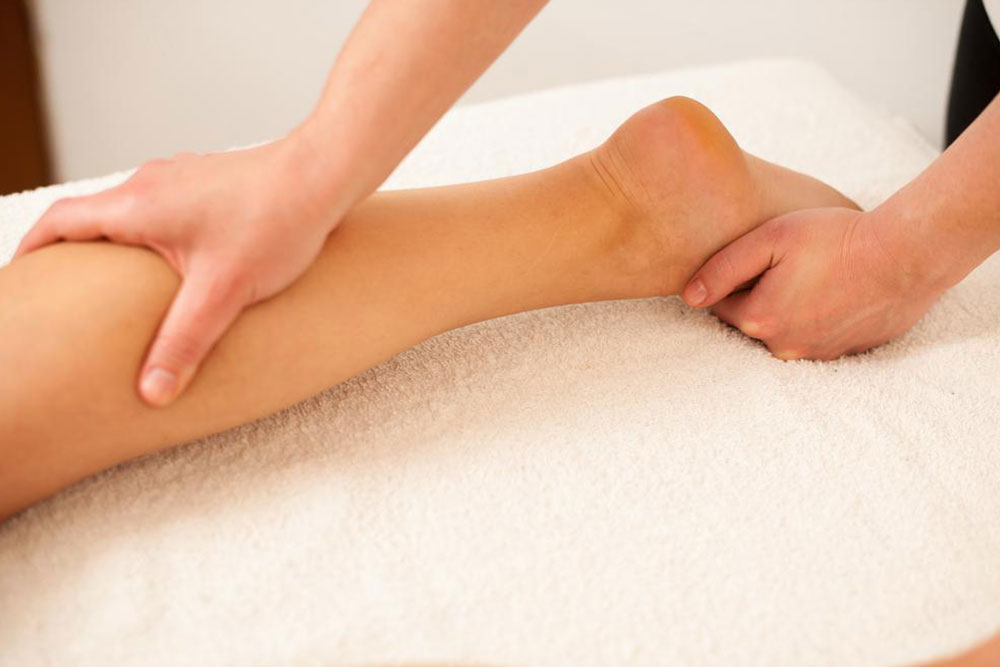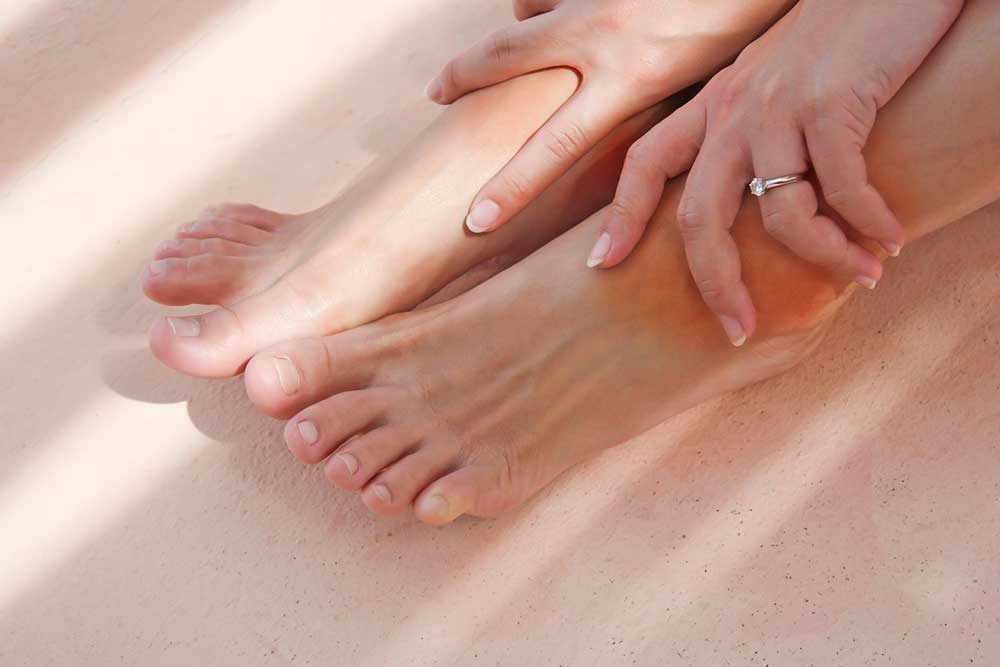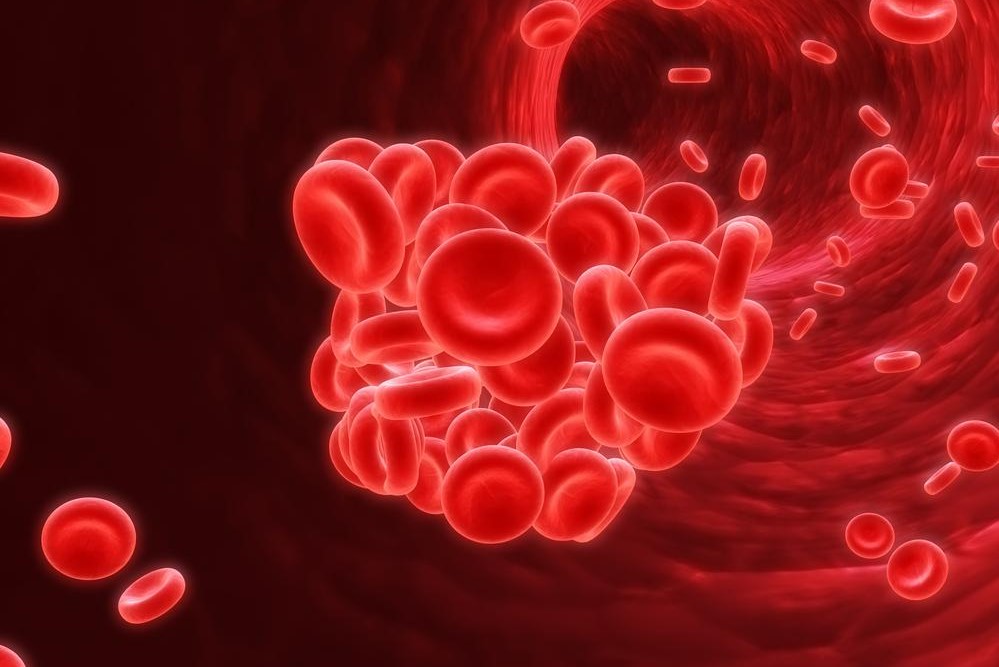Comprehensive Post-Thrombosis Rehabilitation: Essential Strategies for Safe Return to Normal Activities
Post-thrombosis recovery involves a careful, gradual return to physical activity, guided by medical advice. Light movement such as walking and household chores can be safe after initial treatment, but persistent symptoms warrant caution. Activities like resistance training, gentle yoga, and core exercises can aid recovery and prevent complications like post-thrombotic syndrome. Individualized plans and regular consultations with healthcare providers are essential for a safe and effective return to normal life. Patience and mindful progression are key components of successful rehabilitation.

Comprehensive Post-Thrombosis Rehabilitation: Essential Strategies for Safe Return to Normal Activities
Recovering from thrombosis, whether it involves deep vein thrombosis (DVT) or pulmonary embolism, requires careful attention to physical activity and overall health management. While initial treatment often involves anticoagulants and rest, gradually reintroducing movement is crucial for a full recovery. Most patients can resume light activities such as walking and household chores once stabilized, but it's important to recognize warning signs that signal the need to limit activity levels. Persistent pain, swelling, or shortness of breath are indicators to avoid strenuous exertion to prevent complications.
Understanding the timeline and guidelines for safe activity post-thrombosis is vital. Generally, gentle movement can support circulation, reduce blood clot risks, and promote healing, but overexertion may lead to setbacks or exacerbation of symptoms. Patience and close medical supervision are key components of a successful recovery plan. Patients should always listen to their bodies, respecting any discomfort or new symptoms, and communicate regularly with healthcare providers.
Emerging research indicates that engaging in physical activity after approximately one month from the start of thrombosis treatment is generally safe and can significantly aid in preventing post-thrombotic syndrome, a common complication characterized by chronic leg pain and swelling. The decision to resume exercise should be individualized, considering the severity of the initial event, the location of the clot, and overall health status. Doctors often recommend a gradual return to activity, starting with low-impact exercises and monitoring the body's response.
For athletes or those regularly active, a tailored exercise program is crucial. Depending on whether the legs or arms are affected, specific resistance training exercises can be beneficial. For instance, if the lower limbs are involved, focus on upper body and core exercises to prevent deconditioning. If upper limb activity was impacted, lower body workouts and trunk stability exercises are appropriate. Incorporating gentle yoga or stretching routines two weeks post-treatment can promote flexibility and reduce stress, provided that intense poses are avoided. Always ensure any activity plan is approved by your healthcare provider to prevent setbacks.





